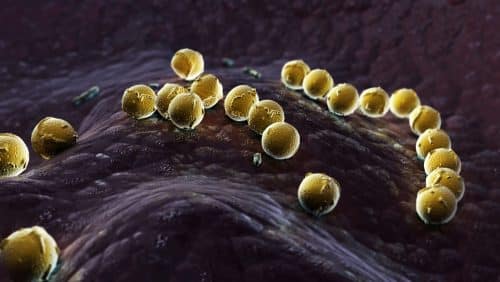Researchers have developed an improvement to the effectiveness of antibacterial drugs by combining drugs that the bacteria are resistant to each of them individually

[Translation by Dr. Nachmani Moshe]
Bacteria – especially gram-negative strains – are becoming increasingly resistant to existing antibiotics, and the development of new families of antibacterial drugs has become slower. When these challenges are faced, researchers are exploring the potential of combination therapy, where two or more drugs are used together to increase or restore the effectiveness of both drugs against drug-resistant bacteria.
Now, a new study shows that such synergistic activity exists even when the bacterium becomes resistant to the drug colistin, which is considered a medical treatment of last resort. The findings are particularly promising since evidence has been demonstrated that there is a potential for rapid global spread of resistance to this drug (colistin). "For a patient infected with the disease, if the bacteria resistant to several drugs is also resistant to colistin, then he is in a big problem," explains the lead researcher. As part of their study, published in the scientific journal Antimicrobial Agents and Chemotherapy, the researchers tested 19 different types of antibiotic drugs in combination with the drug colistin, with the aim of determining whether an agbor result is obtained. The researchers discovered several combinations that led to the Agbor result, combinations that could be used as treatments against infections caused by antibiotic-resistant pathogens.
In particular, the combinations of colistin together with the substances linezolid (Linezolid), fusidic acid (Fusidic acid) and clindamycin (clindamycin) demonstrated high levels of agbor, when being antibiotic substances of the type of protein synthesis inhibitors, each of these separate substances is not active against gram bacteria Negative. "It was fascinating to see two drugs, each of which is inactive on its own against these bacteria, inhibit the bacteria when given in combination," said the lead researcher. "These findings indicate that the substance colistin maintains sublethal activity against drug-resistant bacteria, a situation that may allow other drugs, for example linezolid, to act against their usual target."
"In view of the current situation of the presence of highly resistant bacteria, doctors, often, now treat several types of antibiotic drugs without knowing the benefit of the combinations they provide to their patients," explains the researcher. "This study now provides a scientific basis for the variety of combinations and a direction for future research." The researcher explains that the combined therapy may also allow doctors to use lower doses of colistin together with other drugs, a result that could prevent drug-related toxicity, and in addition, this type of therapy could slow down the development of resistance to other antibacterial drugs.
More of the topic in Hayadan:
- Researchers have discovered how a mutation in a ribosomal protein helps bacteria develop resistance to antibiotics
- Nobel laureate Sidney Altman: "It is possible to eliminate the resistance of many bacteria to antibiotics, the pharmaceutical companies are not so cooperative"
- The structure that gives bacteria resistance to drugs has been identified
